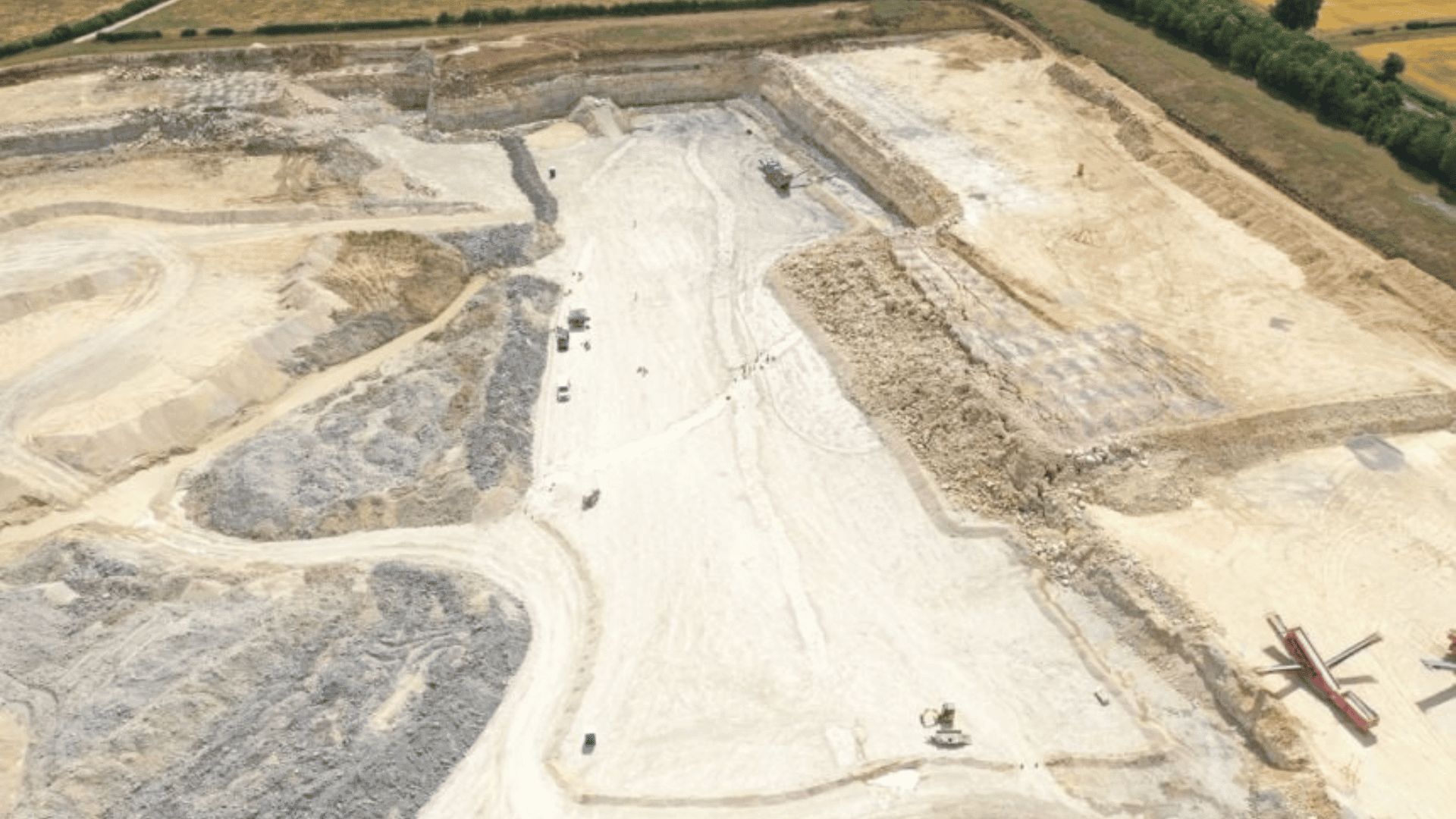The longest ‘dinosaur highway’ in Europe has been discovered in the Oxfordshire quarry in the UK, dating back roughly 166 million years.
‘Dinosaur Highway’ Discovered

The trail stretches approximately 722 feet (220 meters) from the first to the last exposed print, making it Europe’s longest sauropod dinosaur trackway. It consists of almost 100 footprints, each measuring up to 3.2 feet (1 meter) in length.
The excavation was co-led by experts from the Oxford University Museum of Natural History (OUMNH) and the University of Birmingham. They believe the prints were left by a Cetiosaurus, a four-legged sauropod species that was an herbivore with a long neck and tail, capable of reaching lengths of about 52.5-59 feet (16 to 18 meters).
The species lived during the Middle Jurassic Period, approximately 171 to 165 million years ago.
“What is most exciting about this site is the sheer size and number of footprints. We now have evidence of tens of individuals moving through this area at around the same time, perhaps as a herd,” said Dr. Duncan Murdock, Earth Scientist at OUMNH, on October 14.
The fossilized footprints were found at Dewars Farm Quarry during routine limestone removal this year, but the site’s first trackways were discovered in the 1990s. The excavation is part of an on-and-off excavation that began in 2022.
A team of over 100 people participated in the excavation, uncovering four trackways made by sauropods. Notably, one of these trackways appears to be a continuation of prints from 2022, meaning it could be even longer than the new record.
The footprints provided researchers with information about how the dinosaurs moved, particularly their walking speed. The speed is calculated using measurements of the prints and the stride length.
Researchers can approximate the dinosaur’s pace by comparing these measurements to modern four-legged animals, like elephants. They estimated that the sauropod’s speed was approximately 4 to 5 miles an hour, which is similar to the average walking speed of a human.







